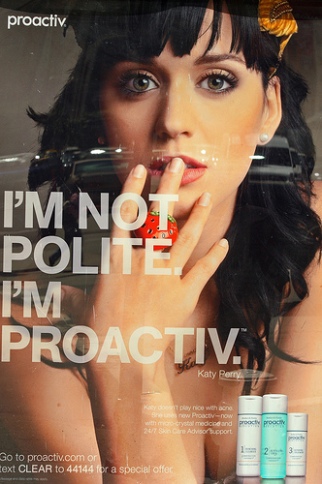After reading through my other classmates blogs the general consensus seemed to be that satirical news reportage is an extremely valid source of news. In fact all 7 entries I read had the same findings. This is interesting because it is completely opposite to what I had written in my blog entry. Reading all my classmate’s blogs really helped me see that satirical news reportage doesn’t have to be as negative as it may seem! In this blog it suggests that satirical news still has validity, “The Rick Mercer Report is by far, in my opinion one of the more serious satirical news shows, as it seems to deal the most with informing people to actual happenings in the world and interesting facts.” (http://arcpcf.blogspot.ca/2013/11/fake-news-or-real-news.html) This was an interesting statement to me because I would have never considered news a possibly humorous topic, and the fact that comedy is used in a valid way to report news is an interesting concept to me.
I believe that I am not the only news watching citizen out there that is having a hard time adjusting to this shift in news reporting but it was said that, “More people are accepting the facts that culture jamming is more entertaining than the real news…because the real news does not catch audience attention.”( http://kirbychan88.wordpress.com/2013/11/22/is-the-fake-news-the-real-news/)
In complete contrast to what I said about shows like Saturday Night Live (SNL) many believed that it was a extremely valid source of news reporting. Satirical news reporting in, “Saturday Night Live’s Weekend Update use this format.” (http://allisonsparham.wordpress.com/2013/11/22/is-the-fake-news-the-real-news/) The reasoning behind its validity was that, “The objectives of satirical news are largely the same: to take a well known news story, and raise awareness about it in a comedic, satirical way. I believe that it is fair to say that satirical news is a mainstream form of culture jamming, due to the similarities between their goals, and they way in which they reach them.” (http://allisonsparham.wordpress.com/2013/11/22/is-the-fake-news-the-real-news/)
Some implications may include the fact that they (satirical news broadcasts) “create news stories that sound more entertaining to greater catch the attention of their audience. This builds further support for them and increases their ratings.” (http://kirbychan88.wordpress.com/2013/11/22/is-the-fake-news-the-real-news/) News should not be about ratings in my opinion; it should be about getting the appropriate news out to the rest of the world no matter who is watching. They are turning accurate news broadcasting into a money making comedy show. I don’t know about the rest of you, but I am sticking to the 11 o’clock news.
http://arcpcf.blogspot.ca/2013/11/fake-news-or-real-news.html
http://kirbychan88.wordpress.com/2013/11/22/is-the-fake-news-the-real-news/
http://allisonsparham.wordpress.com/2013/11/22/is-the-fake-news-the-real-news/

